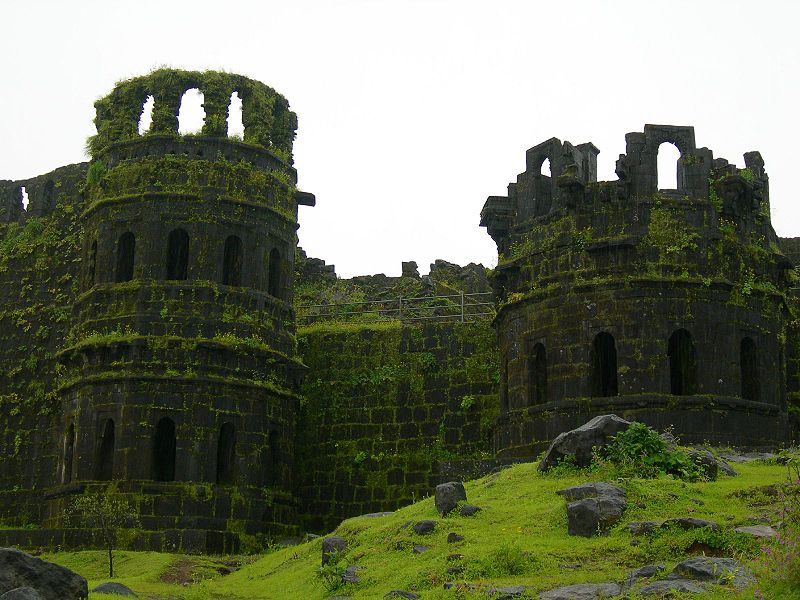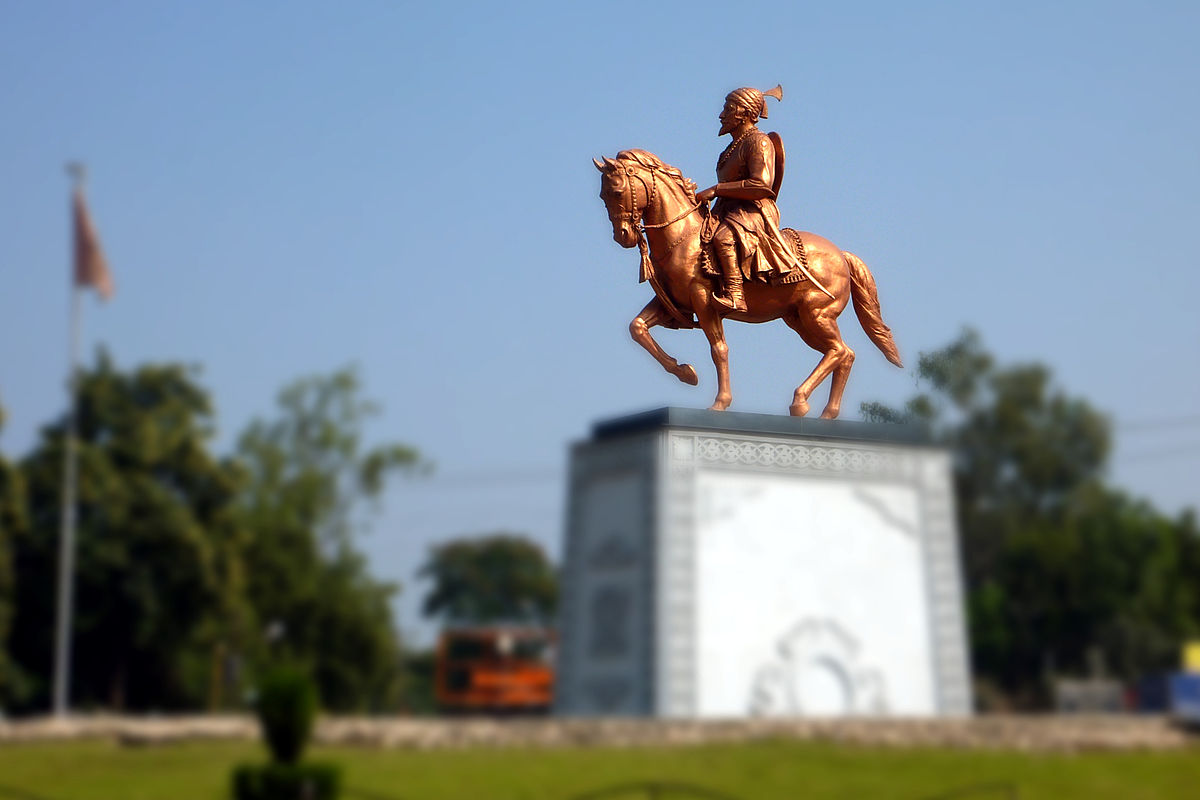Chhatrapati Shivaji – A Maratha Hero
If you travel approximately 131 kilometres from Pune or 161 kilometres from Mumbai, you reach a place called Raigad. Here stands an imposing fort on a hill at a height of about 2,700 feet. To reach the fort you need to climb 1737 steps or in case you are not up to it, you can opt for a ropeway that takes you there in 10 minutes. The palace inside the fort which once used to throb with activity no longer exists apart from the base pillars. The wooden structured palace was destroyed in bombardment by the British in the year 1818. Inside the fort are the tombs of a man who once ruled from this fort and his faithful dog.
The birth of a legend
The Raigad fort was the Capital of the kingdom of Chhatrapati Shivaji Maharaj which spanned the regions of western and central India and came to be known as the Maratha Empire.
19th February, 1630, a baby boy was born inside fort township of a place called Shivneri. That boy would grow up to be a fearless warrior and emperor whose exploits would continue to inspire millions for generations to come. The boy of course was Chhatrapati Shivaji Maharaj, one of the most popular and inspiring figures from Indian history. Chhatrapati Shivaji was born as Shivaji Bhonsale to Jijabai and Shahaji.
At the young age of 15, the valiant Shivaji managed to capture three forts namely Torna Fort, Chakan Fort, and the Kondana fort. Shivaji became a thorn in the eyes of the Adil Shahi dynasty of Bijapur who held sway over the Deccan in those days.
The legendary Raigad Fort

One of the dramatic incidents that most of us have read about in school is the meeting between Shivaji and Afzal Khan. Afzal Khan was a commander of the Adil Shahi dynasty in Bijapur and was sent to meet Shivaji, ostensibly to broker a peace pact. The condition for the meeting was that it would be a one-to-one meeting and both would be unarmed except for their swords and could have only two bodyguards. Shivaji suspecting the nefarious intent of Afzal Khan and the Adil Shahi dynasty went well prepared for the meeting. He wore a protective armour under his clothes and also concealed a small dagger and a weapon known as “Tiger Claws”. He also wore a helmet under his turban. As per Shivaji’s premonition he was attacked by Afzal Khan but he was prepared and counter attacked Afzal Khan with his tiger claws. In the ensuing melee, Afzal Khan was finally killed by Shivaji’s bodyguard Sambhaji Kavji.
Shivaji Bhonsale was crowned as Chhatrapati Shivaji Maharaj at the Raigad fort in the year 1674. He reigned over the Maratha Empire from Raigad Fort till his death in 1680. The reign of Chhatrapati Shivaji Maharaj is known for its just and secular nature. Though Shivaji was a devout Hindu who promoted the use of Sanskrit and Marathi replacing Persian as a language in the courts of the region, he was just to his Muslim subjects as well.

The valiant Shivaji who was an epitome of daring and bravery, a man who would go on to become a legend of Indian history, breathed his last in the Raigad Fort at the age of 52. It was the year 1680 when the roar of the lion of the Maratha Empire fell silent. Chhatrapati Shivaji Maharaj died after falling ill with fever and dysentery. Maharashtra and India remember the Maratha emperor and celebrate his birth anniversary on the 19th of February every year.
The legends of Chhatrapati Shivaji Maharaj are indeed the stuff that dreams are made of. If you visit the Raigad Fort today, the walls whisper the tales of his valour and chivalry as his mortal remains lie entombed besides that of his faithful dog. A trip to Raigad Fort is a unique experience that opens a window to a glorious chapter in the history of India. Raigad Fort happens to be about 127 kilometres from Lonavala and can be visited as a day trip. Sterling Lonavala awaits to host you when you decide to explore the intriguing secrets hidden in the Raigad Fort.

